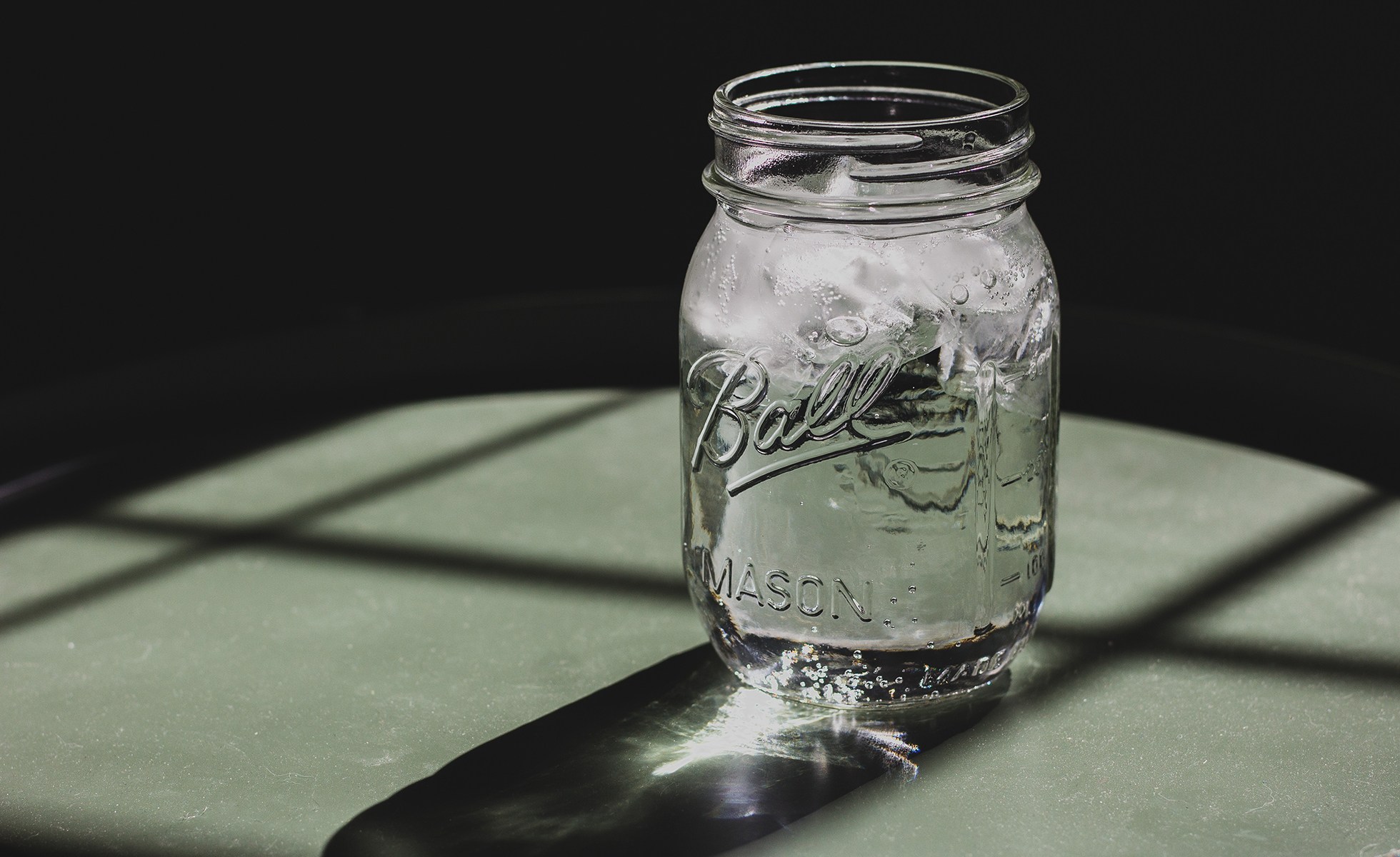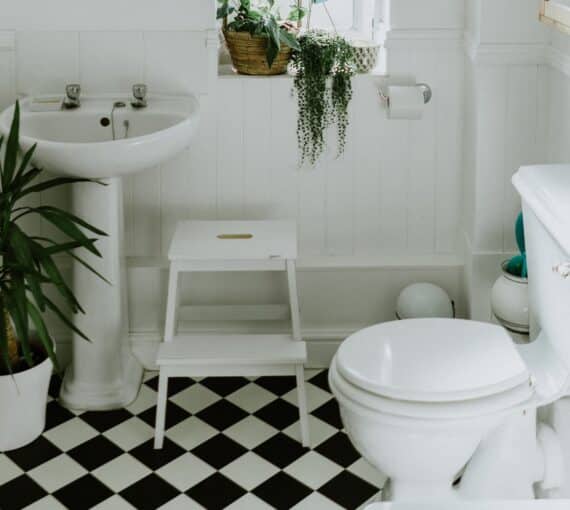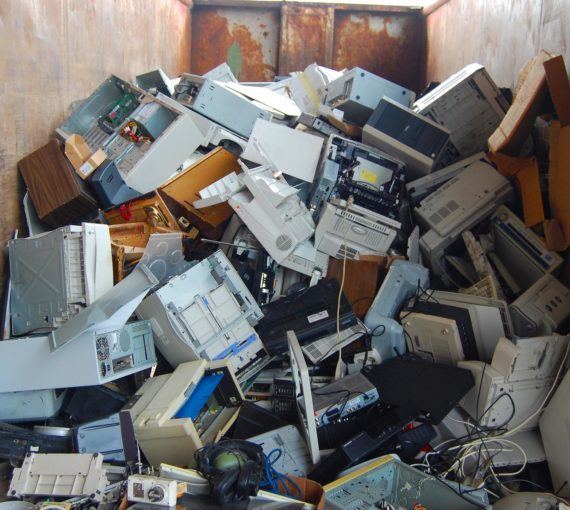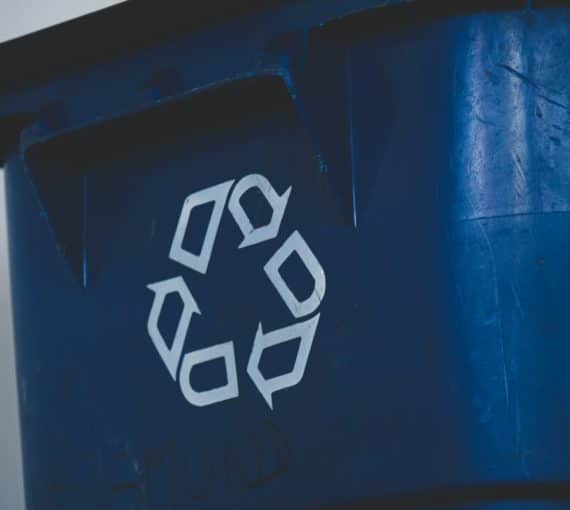
Choosing the best water filtration system depends on what you’re trying to filter out — the chlorine taste or contaminants such as lead and pesticides.
Generally speaking, water filters can improve the overall taste, smell and appearance of drinking water and can remove some chemicals. But it’s important to select a water filtration system that suits your water conditions. To do that, you need to know the problem.
(Note: Tragically, not everyone in Canada has access to safe water. And floods and other disasters — increasing because of climate change — can damage drinking water wells and lead to aquifer and well contamination. If your water may be at risk, check with your municipality or provincial health authority for guidance about whether it’s safe to use for drinking, bathing, laundry, etc.)
How to filter lead from water
If your drinking water contains lead, you’ll need to choose a filter that’s been certified to remove lead.
According to a 2019 report, the best way to make sure your water filter removes lead is to:
- Check your lead levels to see what filter would best (e.g., if your city’s lead levels are more than 150 parts per billion, you should consider a reverse osmosis filtration system). Many municipal health departments offer free water test kits.
- Ensure your filter is properly installed.
- Replace old filters.
- Use cold water. High temperatures increase how quickly lead moves through water, making it more difficult for the filters to capture it. Hot water can also promote bacterial growth on the filter.
- Check for damage. Any product can come with manufacturing defects.
Note: Filtration systems normally reduce concentrations rather than removing 100 per cent of the contaminant.
At-home alternatives to buying bottled water
If you want to avoid single-serving bottled water — and there’s no reason to believe bottled is better than tap — consider a carbon filter.
Activated carbon filters are most effective in removing organic contaminants from water (often responsible for taste, odour and colour problems). When water passes through the filter, the carbon particles attract and remove contaminants, including dissolved substances such as hydrogen sulphide; heavy metals such as lead, mercury and copper; and chlorine.
There are two types of activated carbon filters. Granular AC (a.k.a. GAC) filters use a cartridge packed with granules of activated carbon to trap chlorine, heavy metals and organic compounds. Solid block AC filters trap contaminants such as pesticides, chlorine, lead and asbestos.
A solid block filter mounted on the tap or under the sink will work better than the pitcher types with loose carbon. But there’s good news if you already own a Brita pitcher or filtered water bottle — filters can be recycled at terracycle.ca!



